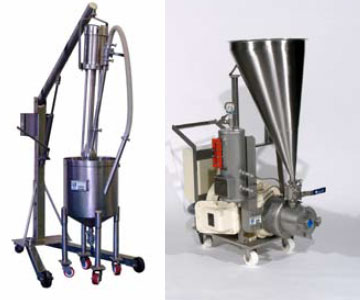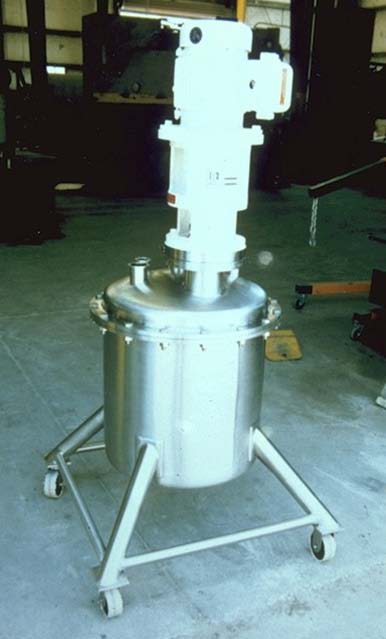Tech Report
Tips to improve your batch rotor/stator mixing process

Technology Brief
The rotor/stator mixer is a versatile processing tool used throughout the process industries. This bulletin presents some tips for improving rotor/stator mixing performance.
Rotor/stator mixers in the process industries
In many industries, the highly versatile rotor/stator mixer is used to accomplish homogenization, particle size reduction, solubilization and emulsification. The turbulent, high shear conditions generated by this type of device can achieve the necessary stability, visual appeal and texture in cosmetics, personal care and food products. At the same time, it can produce the fine dispersion, smoothness and gloss required in inks and coatings, or the desired homogeneity in adhesives, chemical slurries, synthetic fuels, greases, etc...
Design and theory of operation
A rotor/stator mixer typically features a four-blade rotor running at tip speeds in the range of 3,000-4,000 ft/min within a close tolerance fixed stator. It generates mechanical and hydraulic shear by continuously drawing product components into the rotor and expelling them radially through the openings in the stator. Because of the restriction in the stator, the batch configuration of this mixer design offers higher shear but less pumping capacity than, say, an open-style saw-tooth disperser disc blade. Inline (continuous/recirculation mode) rotor/stator mixers are available as well. Viscosity range is from 1 cP to around 10,000-20,000 cP. In reality, the upper viscosity limit can vary from one application to another depending on other rheological properties such as thixotropy or shear-thinning behavior.
Some tips for rotor/stator mixing
- Different styles of stators are available. Having a set of these interchangeable stators will provide you the flexibility to adapt to a variety of mixing needs for different product recipes. The slotted head design is the most popular used because it gives a good balance of shear and turnover. Round hole and large square hole stators offer the highest turnover rates and are most suitable for applications where large solid pieces need to be disintegrated. The fine screen head is ideal for emulsions. Between these different stator heads, peak shear is similar but residence times within the mixing chamber vary, hence the difference in turnover rates.
- If practical, position a batch rotor/stator`s mixer head assembly off-center and at least one rotor diameter off the vessel bottom. Make sure that the product level is sufficiently high to entirely cover and properly lubricate the rotor shaft bushing.
- Rotor shaft bushings are typically made out of solid Teflon, glass-filled Teflon, bronze, stellite and PEEK. Determine which material is most suitable for your product as trace amounts can remain in the batch. If your process is very sensitive and cannot take any level of contamination due to bushing wear, consider an inline rotor/stator mixer instead.
- For particle or droplet size reduction requirements that cannot be achieved in a conventional rotor/stator mixer, investigate the suitability of ultra-high shear rotor/stator designs for your particular application. Ross offers several models designed to run at tip speeds up to 11,000 fpm.
- Consider a rotor/stator mixer equipped for sub-surface powder induction. This simplifies material handling and eliminates issues of floating powders and dusting in the plant atmosphere. This technology is also ideal for processing solids that tend to form lumps or "fish eyes" upon contact with liquid.
Ross Rotor/Stator Mixers

Batch and Inline High Shear Mixers

Batch and Inline High Shear Mixerswith Solids/Liquid Injection Manifold (SLIM) Technology

Batch and Inline Ultra-High Shear Mixers(Special Design Rotor/Stators)
Sample Application: Polymer Coatings

The Ross Model HSM-501 High Shear Mixer mounted on this portable vessel is used for making a variety of polymer coatings and pigment dispersions.
The rotor/stator mixer is equipped with a single mechanical seal rated for pressures up to 75 psig. The shaft is driven by a 1.5 HP explosion-proof motor designed for operation in hazardous environments.